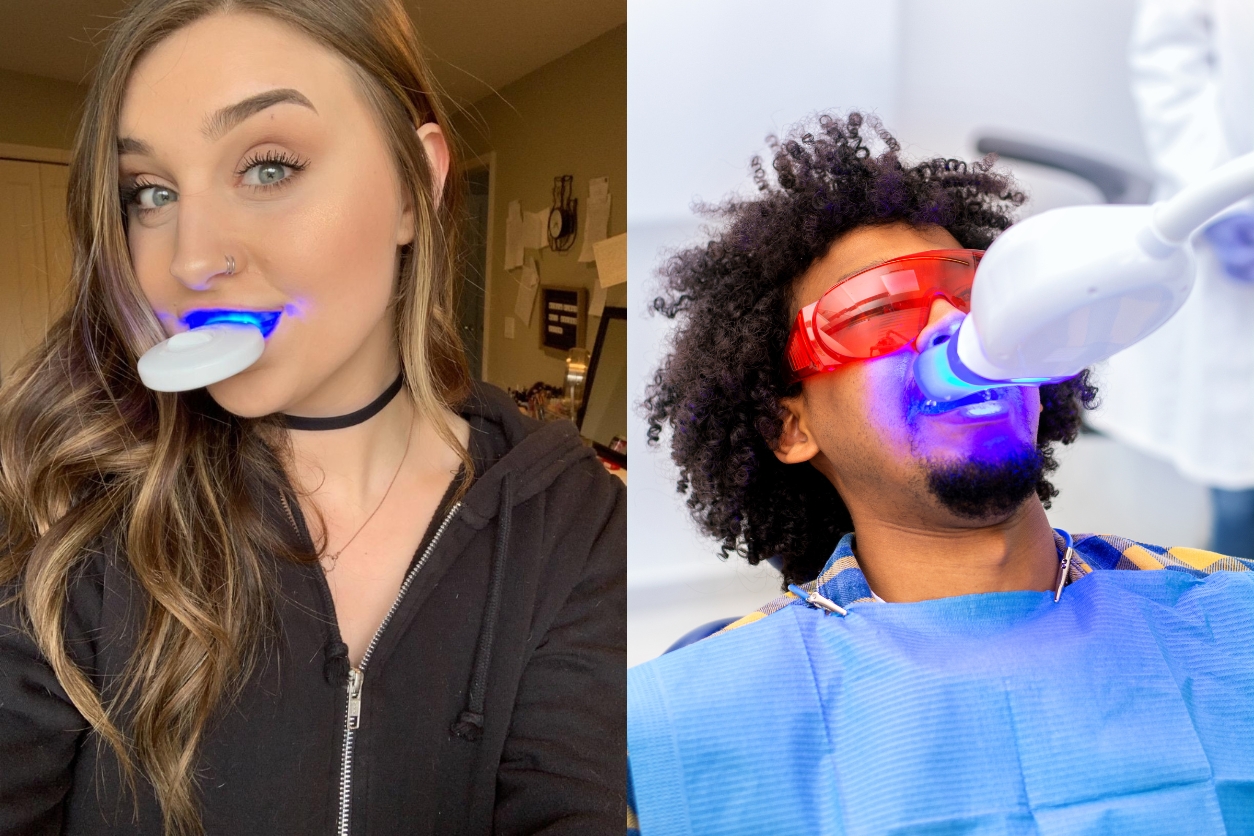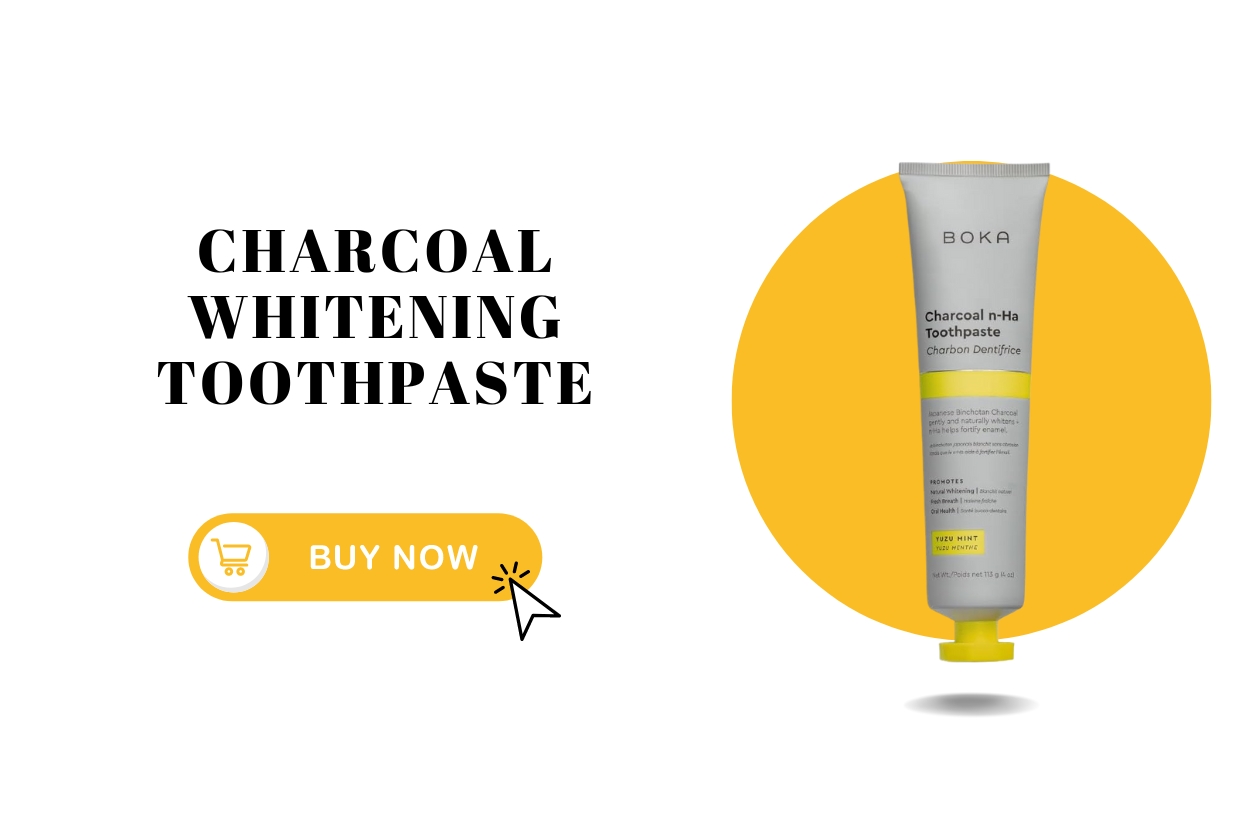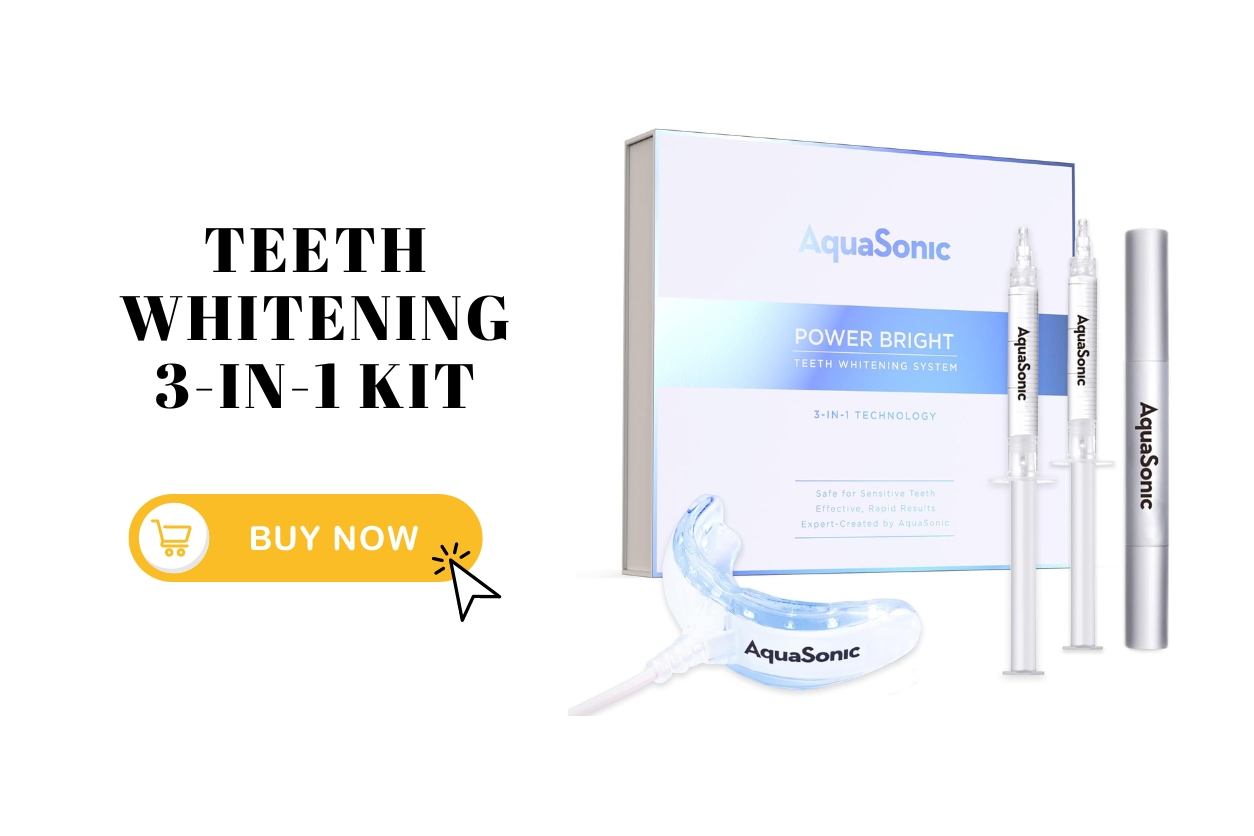We’ve all been there: that moment when you catch your reflection in a photo or the mirror and realize your teeth aren’t quite as white as they used to be. Maybe it’s the result of too many cups of coffee, or maybe red wine’s to blame. Whatever the case, discolored teeth can leave you feeling self-conscious about your smile. Teeth whitening is one of the most popular solutions to this problem, but the sheer number of options can make it tricky to figure out what works best for you—and at what cost. Understanding the different factors that cause teeth staining, as well as the various whitening methods available, can help you choose the right treatment for your needs and budget.
If you’ve ever wondered why your teeth stain in the first place, or how much teeth whitening actually costs, you’re not alone. From in-office treatments to at-home kits, each method comes with its own set of advantages, price tags, and long-term effectiveness. We’re breaking it all down for you so that you can make an informed decision. Let’s get into the details.
Why Do Teeth Stain?
First things first—why do teeth even stain? It’s not just one thing but a combination of factors that contribute to discoloration. Stains are generally categorized into two types: extrinsic and intrinsic.
Extrinsic stains occur on the surface of your teeth, often caused by things you consume regularly like coffee, tea, wine, and even certain fruits. Smoking and tobacco use also cause significant staining over time.
Intrinsic stains, on the other hand, are deeper and occur within the tooth. These are often the result of aging, certain medications, or trauma to the tooth. They can be harder to treat and may require more intensive whitening methods.
Your daily habits play a big role in how quickly your teeth stain, but genetics, age, and even oral hygiene can all factor in as well. The good news is that, regardless of the type of stain, there’s likely a whitening solution that will work for you.
Different Teeth Whitening Methods
When it comes to whitening your teeth, there are several methods available, each with different costs, effectiveness, and longevity. Let’s break down the most common options so you can decide what’s best for your smile—and your wallet.
Whitening Toothpaste
Cost: $5 – $15
Effectiveness: Mild
Longevity: Temporary
Whitening toothpaste is often seen as the easiest and most accessible option for those looking to brighten their smile. These products typically contain mild abrasives and small amounts of whitening agents like hydrogen peroxide or baking soda. While toothpaste can help remove surface stains, don’t expect dramatic results. This is more of a maintenance option—ideal for keeping stains at bay once you’ve already whitened your teeth through more potent methods.
Whitening Strips
Cost: $20 – $60
Effectiveness: Moderate
Longevity: A few months
Whitening strips are a common at-home solution that offers more noticeable results than toothpaste. These thin, flexible strips are coated with a layer of peroxide-based gel, which helps to break down surface stains. You typically use them for about 30 minutes per day for two weeks, and the results can last several months. While they’re more effective than toothpaste, the application process can be a bit tricky, and the strips sometimes slip or miss spots.
Whitening Pens
Cost: $15 – $50
Effectiveness: Mild to Moderate
Longevity: Temporary
Whitening pens are great for touch-ups or on-the-go whitening. They contain a gel that you apply directly to your teeth, making them easy to use. However, their effectiveness is usually limited to smaller areas, such as the front teeth, and the results aren’t long-lasting. They’re best suited for maintaining brightness between professional treatments or handling minor staining.
At-Home Whitening Kits (Custom Trays)
Cost: $100 – $400
Effectiveness: High
Longevity: 6 months to a year
At-home whitening kits that include custom trays and professional-grade whitening gel offer a more personalized approach. You typically visit your dentist to get a mold of your teeth, which is then used to create custom trays that fit perfectly. These kits often use stronger whitening agents than over-the-counter options, so the results are more significant and last longer. The trays ensure even application, covering both the front and back of your teeth. This method is ideal for those who want professional-level results without the price tag of an in-office procedure.
In-Office Whitening
Cost: $500 – $1,500
Effectiveness: Maximum
Longevity: 1 – 3 years
The most effective (and most expensive) option is in-office whitening, where a dentist applies a high-concentration peroxide gel to your teeth, sometimes enhancing the process with a special light or laser. Results are immediate and can be dramatic, with teeth often lightened by several shades in just one session. While the cost is higher, the results also last the longest, making this option a good investment if you’re looking for significant whitening and don’t mind the higher price tag.
FAQs
Q. How often can I whiten my teeth?
It depends on the method you choose. Whitening toothpaste can be used daily, but stronger treatments like at-home kits or in-office procedures should only be done every 6 months to a year. Overuse of whitening products can lead to sensitivity or enamel damage, so it’s important to follow the guidelines for each method.
Q. Is teeth whitening safe for everyone?
Most people can safely whiten their teeth, but it’s not for everyone. Those with sensitive teeth, gum disease, or extensive dental work like crowns or veneers should consult with their dentist before starting any whitening treatment. Pregnant or nursing women should also avoid whitening products.
Q. Will whitening work on crowns, veneers, or fillings?
No, whitening products only work on natural tooth enamel. If you have crowns, veneers, or fillings, you’ll need to discuss alternative options with your dentist, as these materials won’t lighten like your natural teeth.
Q. What can I do to maintain my results?
Once you’ve whitened your teeth, maintaining the results is key. Avoid staining foods and drinks like coffee, tea, and red wine, or rinse your mouth with water immediately after consuming them. Regular brushing and flossing, along with touch-up treatments like whitening toothpaste or pens, can also help keep your smile bright for longer.
Q. Will teeth whitening make my teeth more sensitive?
Some people do experience increased sensitivity after whitening treatments, especially with stronger products like in-office whitening or at-home kits. The sensitivity is usually temporary and should subside within a few days. Using toothpaste designed for sensitive teeth can help alleviate this discomfort.


